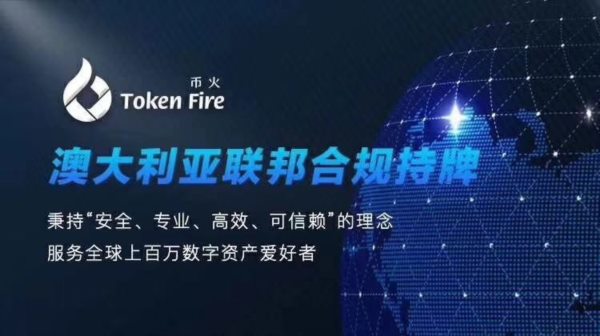摘要:eth(@VitalikButerin)January30,2024InButerin’sview,theriskiestendeavorwouldbeharnessingAItoenforcetherulesorgovernanceofcryptosystems,asopen-sourceAImodelscouldbevulnerabletoadversarialattacks...
Ethereum co-founder Vitalik Buterin is warning developers to “be careful” when fusing artificial intelligence (AI) with blockchain technology.
In a Jan. 30 blog post, Buterin categorized his most pressing concerns with AI, telling developers that it’s “worth treading carefully,” especially when deploying novel applications in high-value and high-risk contexts.
“It is important to be careful: if someone builds e.g. a prediction market or a stablecoin that uses an AI oracle, and it turns out that the oracle is attackable, that's a huge amount of money that could disappear in an instant.”
Buterin explained that one area where AI had the highest “viability” was allowing AI to participate in mechanisms such as prediction markets at a micro-scale that would be unfeasible for humans.
AI could also be used in crypto wallet interfaces for users, helping them understand and safely interact with crypto by explaining transactions and signatures or detecting scams, wrote Buterin.
“My own opinion is that pure AI interfaces are probably too risky at the moment as it increases the risk of other kinds of errors, but AI complementing a more conventional interface is getting very viable,” he said.
The promise and challenges of crypto + AI applications:https://t.co/ds9mLnshLU
— vitalik.eth (@VitalikButerin) January 30, 2024
In Buterin’s view, the riskiest endeavor would be harnessing AI to enforce the rules or governance of crypto systems, as open-source AI models could be vulnerable to adversarial attacks.
Open-source AI is more vulnerable to adversarial attacks as malicious actors can inspect its code and optimize attacks against it. Closed-source AI provides “security through obscurity,” however, these models provide no transparency into how they work or assurances that they are unbiased, he said.
The OpenAI-adjacent crypto startup Worldcoin is an example of closed-source AI, with Buterin explaining that it relies on “not letting anyone simply call into the AI model” and is instead using “trusted hardware.”
Related: Can blockchain supply the guardrails to keep AI on course?
Buterin explained that the biggest challenge would be the creation of a decentralized AI using crypto and blockchain that other applications could leverage.
“The most challenging to get right are applications that attempt to use blockchains and cryptographic techniques to create a “singleton": a single decentralized trusted AI that some application would rely on for some purpose.”
These applications have promise “both for functionality and for improving AI safety in a way that avoids the centralization risks associated with more mainstream approaches to that problem,” he said. He concluded that there are also many ways in which the underlying assumptions could fail.
Magazine: Real AI use cases in crypto, No. 1: The best money for AI is crypto

